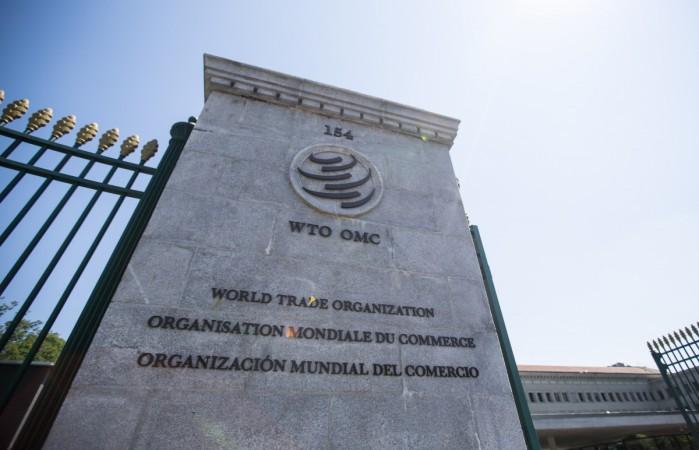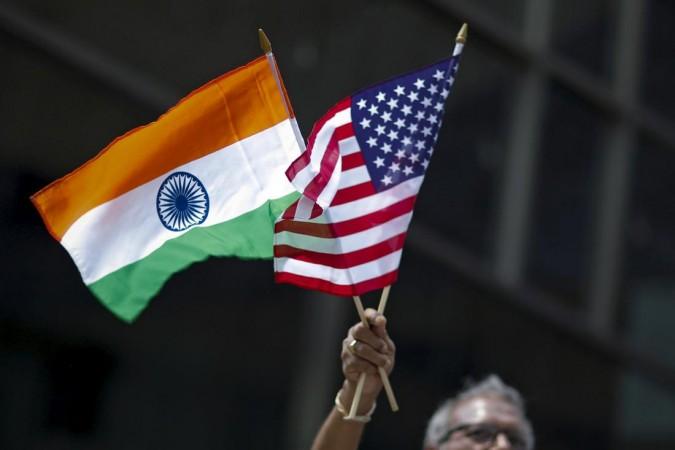
Hearing a complaint about India's alleged export subsidy measures, a World Trade Organization panel has recommended India to withdraw the "prohibited subsidies" on exports within 90-180 days. The dispute panel found India's export promotion schemes in violation of WTO rules.
The schemes include the Merchandise Exports from India Scheme (MEIS); Export Oriented Units Scheme and related sector-specific schemes (EOU); Special Economic Zones (SEZ); Export Promotion Capital Goods Scheme (EPCG); and a duty-free imports for exporters programme (DFIS).
According to the Office of the United States Trade Representative, the WTO agreed with the US that India provides prohibited subsidies to exporters worth over $7 billion annually.
"... India gives prohibited subsidies to producers of steel products, pharmaceuticals, chemicals, information technology products, textiles, and apparel, to the detriment of American workers and manufacturers," the USTR said in a statement.
A USTR release further said that WTO rules prohibit Export subsidies as they offer an unfair competitive advantage to recipients.

A limited exception to this rule is for specified developing countries that may continue to provide export subsidies temporarily until they reach a defined economic benchmark. India was initially within this group, but it surpassed the benchmark in 2015.
India's exemption has expired, but India has not withdrawn its export subsidies, the release said.
WTO rules
Under the world trade body's guidelines, the least developed and developing nations have the option to boost their exports under certain provisions.
For instance, in the apparel sector, the WTO stipulates that a country can give export subsidies to a sector whose share of total exports from the country is not above 3.25 percent, as long as its GNI per capita is less than $1,000 as per 1990 exchange rates.
If exports from a specific sector breach the 3.25 percent threshold in two straight years, the subsidy for that sector should be removed in the ensuing eight years.
The US in 2018 had alleged that India has ramped up its subsidy program in recent years. "In fact, India has increased the size and scope of these programs. For example, India introduced the Merchandise Exports from India Scheme in 2015, which has rapidly expanded to include more than 8,000 eligible products, nearly double the number of products covered at its inception," a statement read.
(With IANS inputs.)

















